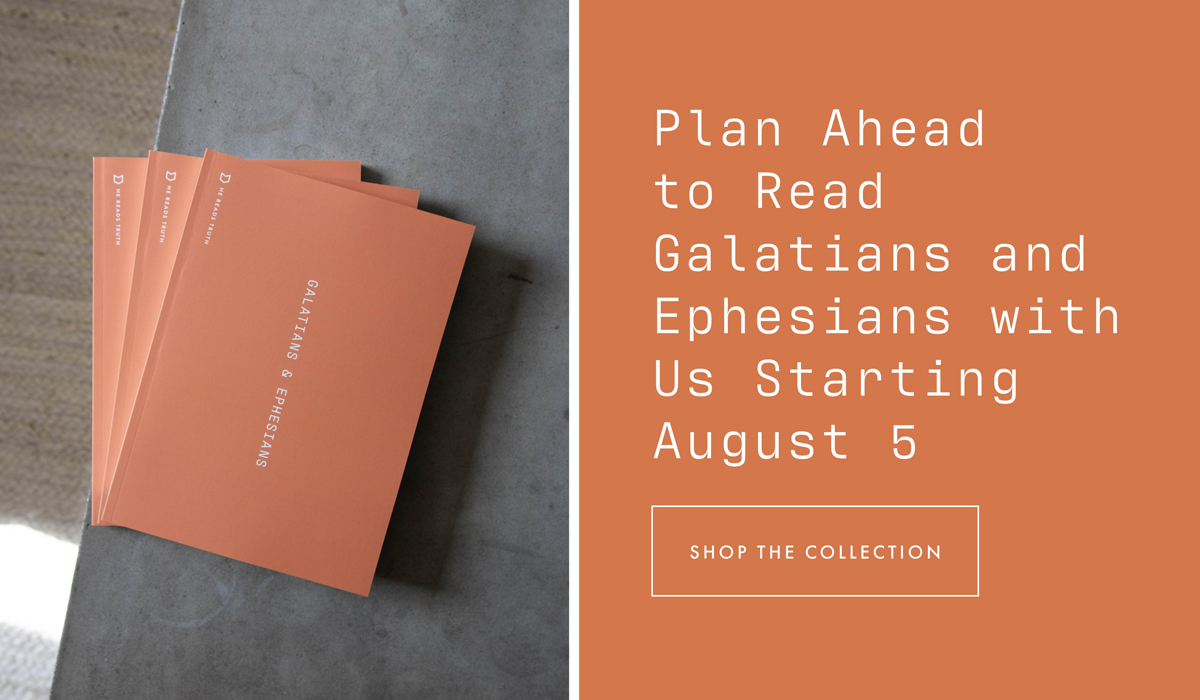By Barnabas Piper
When we build churches today, we have to think about many things: space for corporate worship, classrooms, parking, and more. We want our places of worship to be well-built, quality, and meet our needs. Those considerations are not at all what is happening in Exodus 25.
God begins by telling Moses to take up an offering from the people of the finest materials—gold, silver, bronze, purple cloth—like what they took from the Egyptians when they departed. Then God says “They are to make a sanctuary for me so that I may dwell among them. You must make it according to all that I show you” (Exodus 25:8–9). This is not a capital campaign to build a new church building (not that there’s anything wrong with that). This is a relational, covenantal shift and promise.
In Genesis 3, God kicked Adam and Eve out of Eden as a definitive act of separation because of their sin. He removed them from their home, the place He dwelled with them. Henceforth there would be a distance between God and people. Now, God is closing that distance and coming down to again dwell with His people. That’s why His instructions matter so much.
God is not some picky home decorator. He is the creator of the universe, the Lord of lords, and His sanctuary was to reflect that in quality and beauty. More than that, each element of the tabernacle communicates some aspect of His character, His work, or His nature. Especially the ark of the covenant (vv.10–22), which God calls a “mercy seat,” where He will meet with the high priest (the people’s spiritual representative and intercessor) once a year so the priest can atone for their sins with a sacrifice. God was reinhabiting a place with His people, beginning to undo the separation of Eden.
Reflect for a moment on that phrase: “mercy seat.” God did not call it a throne or a judgment seat. He labeled it with mercy. Why? Because He intended to save and redeem His people from their sins. He was not taking up residence with them in wrath or anger but to save and rescue.
Like so much of Exodus, the tabernacle foreshadows what God intends to do through Jesus. The high priest was not the final mediator between God and man. The sacrifices he brought had to be repeated annually for sin to be atoned for. Only one person had access to God directly and only on specific terms. Why? Hebrews 9:8 says, “The Holy Spirit was making it clear that the way into the most holy place had not yet been disclosed while the first tabernacle was still standing.”
The way into the most holy place, into the presence of God, is through Jesus Christ, the final sacrifice and the Great High Priest. The tabernacle was God drawing near to His people and making way for restoration. But its primary work was to point ahead to Jesus, through whom we can all draw near to God with confidence.

Post Comments (0)